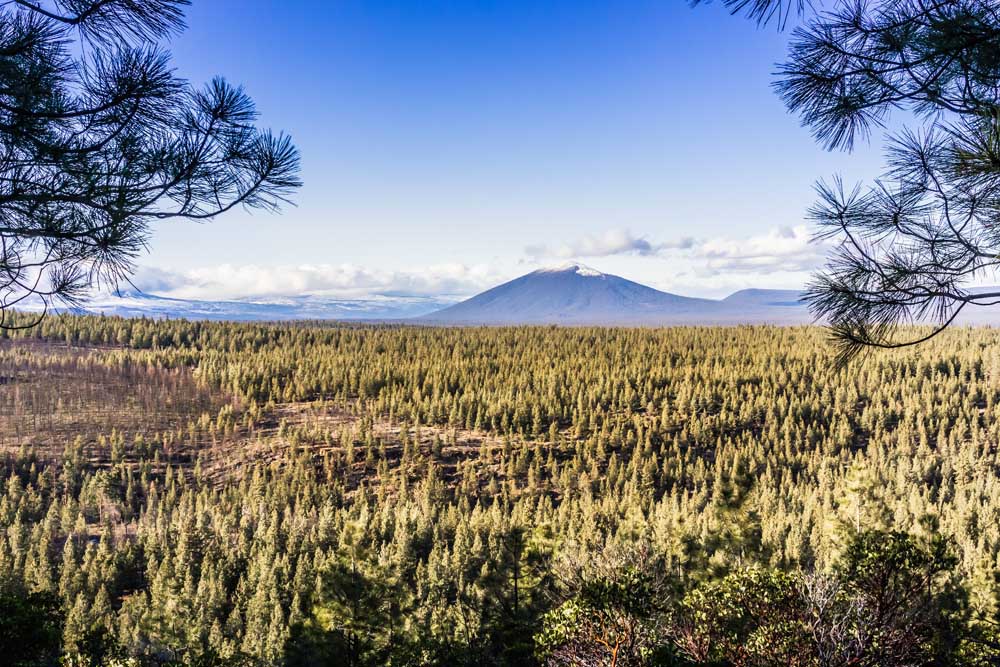Tree that touched dinosaurs
Published 5:00 am Sunday, August 12, 2007

- Wollemi pine trees have survived more than 2 million years and 17 ice ages.
When Wayne Gaskins, 83, looks at the Wollemi pine tree on his deck at Touchmark at Mt. Bachelor Village, the retirement community where he lives in southwest Bend, he is peering through time and space.
Wollemi are a rare species that, until 1994, were thought to be extinct for 2 million years.
“Every so often, I look at my tree and my mind wanders back 2 million years ago when the dinosaurs were around,” Gaskins said. “Here we are in Central Oregon with what they call ‘living fossils.’”
Gaskins, who worked for Western Forest Industries Association for 33 years, purchased two Wollemi pine trees in May from the National Geographic Society. He kept one and donated the other to Touchmark.
Gaskins also led the effort to get Hal Salwasser, the dean of the Oregon State University College of Forestry, to give a lecture about the rare pine trees.
Salwasser’s talk will take place at 2 p.m. Monday at Touchmark.
Salwasser said his talk will focus on the resiliency of Wollemi. In order to survive 17 ice ages, Wollemi had to endure massive fluctuations in climate, as well as continental drifts, he said. When Wollemi thrived 2 million years ago, Australia was located where South America is today.
“It’s an example of a species that has been able to weather enormous amounts of change,” Salwasser said.
According to www.ancientpine.com, the Web site for Wollemi Pine North America, the sole wholesale distributor of the trees on this continent, Wollemi are conifers that can grow as tall as 130 feet in the wild, have dark green foliage and sprout multiple trunks. When they arrive in the mail as saplings, they come in metal buckets and are about a foot tall. They can be expected to grow an average of 2 feet every year, and growth can be controlled.
The exact location of the Wollemi is kept secret by the Australian government to guard against poaching, and distributors must have a special license. Although Wollemi Pine North America is the sole wholesale distributor here, National Geographic sells them retail.
Gaskins isn’t alone in his passion.
Preserving Wollemi has become a hot trend since September, when Wollemi Pine North America began distributing the ancient trees. Josh Schneider, the owner of Wollemi Pine North America, said he has distributed 26,000 trees in that time.
“The people who are enthusiastic about this are really enthusiastic,” Schneider said. “It’s the dino-pine.”
Schneider credited the story of the discovery of the Wollemi for all the public interest.
David Noble, an Australia National Parks and Wildlife employee, stumbled upon a Wollemi in a canyon northwest of Sydney 13 years ago. According to a National Geographic brochure, an argument ensued when Noble brought some of the foliage to his colleagues, who believed it was an ordinary fern.
“No,” Noble said according to the legend, “it’s a big bloody tree.”
IF YOU GO
Hal Salwasser, the dean of the Oregon State University College of Forestry, will give a free talk about Wollemi pines at 2 p.m. Monday at Touchmark at Mt. Bachelor Village, 19800 S.W. Touchmark Way, Bend.






